The Secret to Eating Healthier Might Be Journaling

When was the last time you kept a journal? No, we're not talking about your locked up teenage diaries or your work notebook. We're talking about tracking your food intake daily—aka food journaling or keeping a food diary.
According to Harvard Health Publishing, a basic food diary or journal includes what you eat (how it's prepared and any sauces or toppings), how much you're eating, and your mealtimes. You can also include where you're eating, what you're doing while enjoying your food, who you're eating with, and how you're feeling.
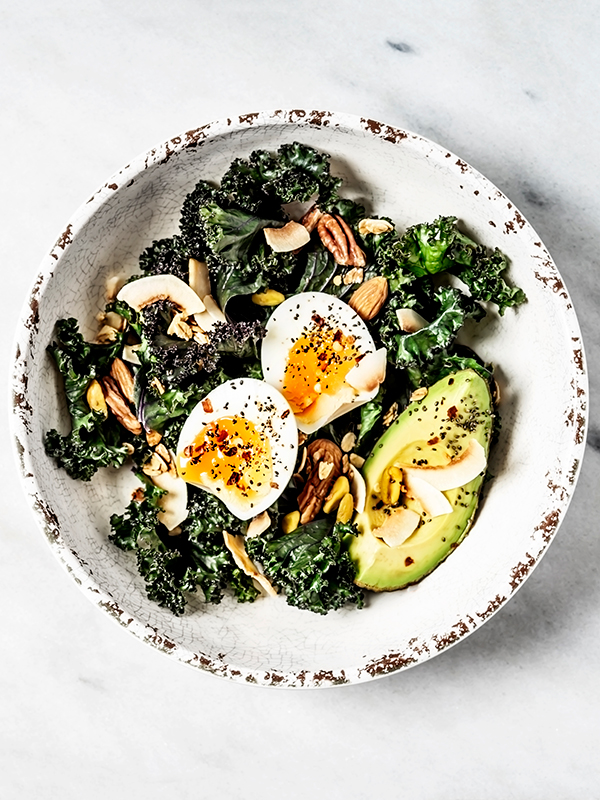
Food journaling is an easy way to track eating behavior in an effort to make positive changes long-term. In order to identify how certain foods affect you or learn how to make healthier choices in your diet, it is important to log what you are eating (and other actions or feelings surrounding it) to spot any trends or habits.
I personally used this practice of food journaling to monitor how my body felt after certain foods during my journey of figuring out what my food allergies were. Some foods resulted in an itch while others resulted in an upset stomach, light-headedness, or dizziness. Overall, it helped me be more mindful in making healthier choices and swaps in the future.
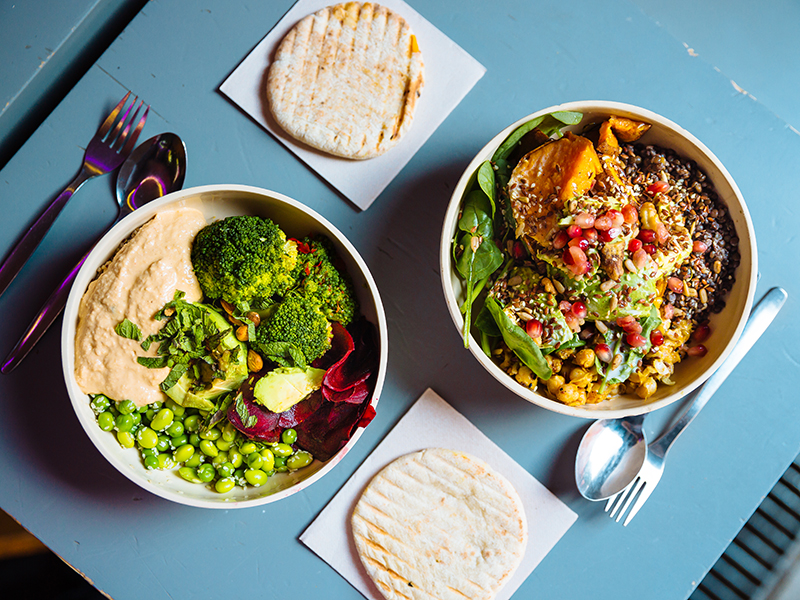
Alexander Spatari/Getty Images)
Whatever you may want to use food journaling for, it ultimately will give you more insight into your diet patterns.
For those who are using food journaling to track weight loss and dietary changes, nutritionist Karin Adoni Ben-David shares that it actually will reveal more than just calorie intake. "It can also show whether you are eating enough of each food group and what needs to be added or changed." By writing down everything, it can also have a psychological effect. For example, you may be less likely to pick up that bag of cookies or chips if you're aware that the reason you're doing it is out of boredom. It can also help you stay on track with your healthy eating plan or know what may be sabotaging your dietary goals.
We want to note that while food journaling might be helpful for some, it is not for everyone, especially those suffering from eating disorders. Consult your doctor or a healthcare professional before getting started to determine if it's the right option for you.
Want to get started? Take a look at some tips below…
Log Your Food Immediately and Be Honest

Daily logging keeps you accountable and really provides a true reflection on your eating habits and patterns. In order for it to be effective, you should record in your food journal after each meal so you don't forget.
And don't skip out on the details! Adoni reminds us to not forget the oils: "People tend to forget the fact that we cook with oil. It's on food and salads, and can be a big difference by logging it or not." Keeping yourself honest and mindful is key to getting the most out of your food journaling experience.
While this may seem counterintuitive, Adoni shares that it isn't necessarily important to log vegetables in your journal, especially if you are counting calories. However, on the flip side, you can record veggies if you want to note all the nutritional value you're getting from them.
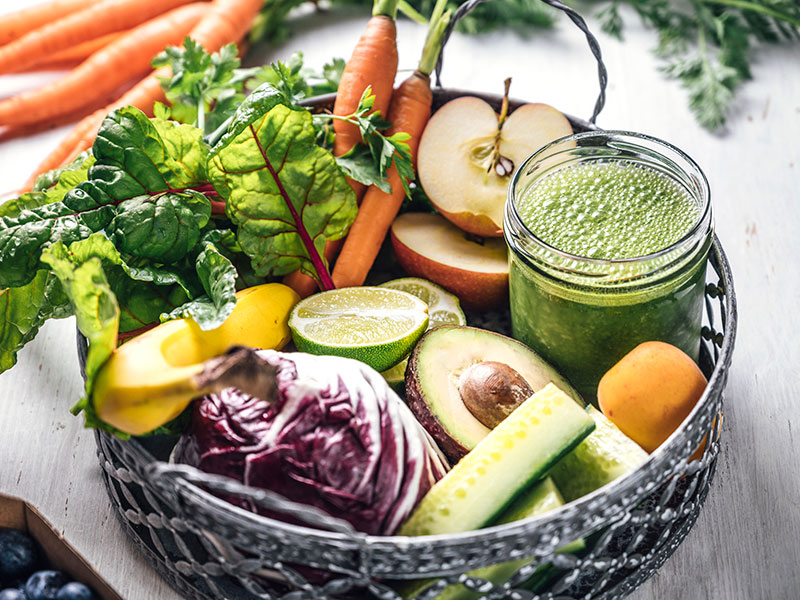
How are you feeling before and after each meal? With each entry, note the emotional and physical effects. Did you eat this because you were stressed out because of an upcoming deadline or work project? Did you notice you felt more nauseous or uneasy post-meal? By keeping track of these feelings—both physical and mental—it will help you in notice trends, like whether you should find alternate solutions for stress relief, or if you need to cut out certain foods to avoid discomfort.
In addition, the environment of the meal is very important. Did you just down a whole bag of chips while mindlessly bingeing on Netflix? Were you solo or with other people while eating? Keeping track of where you were will also give you another layer of insights.
No Pen? No Problem
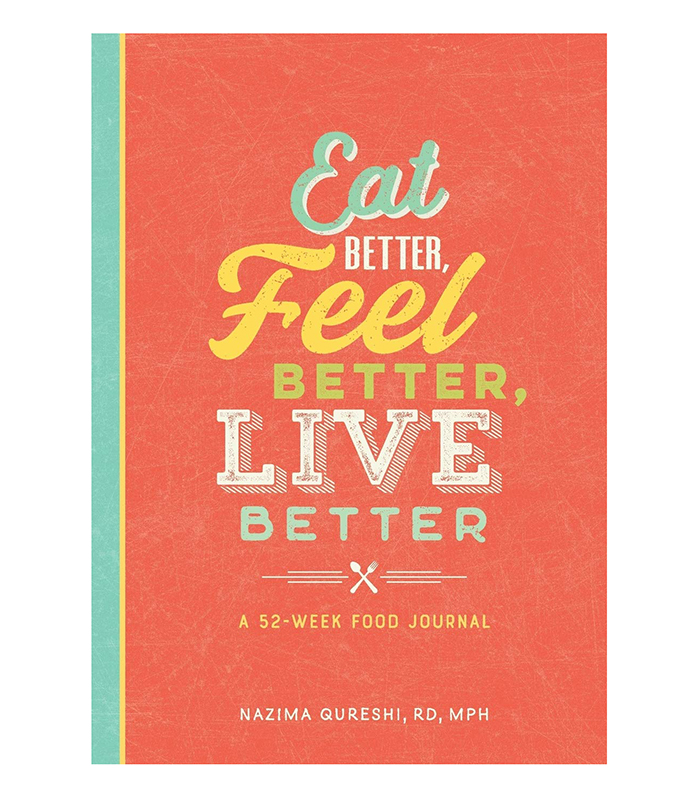
If you don't feel like carrying a notebook and pen around all the time, there are many apps that make it easy to track such as MyFitnessPal or MyPlate. The method doesn't matter so much as making sure you are recording all relevant information. Adoni shares that 30 days is a good starting point for newbies to begin noticing patterns.
Below is a sample entry of what you may include in a food journal log (written with the goal of ensuring healthy habits)…
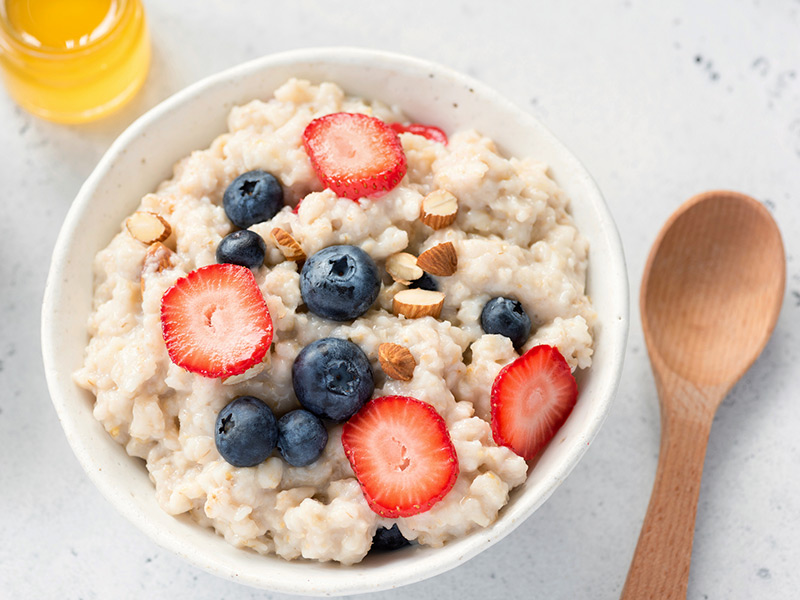
Breakfast:
8:30 a.m.: 1 bowl (1 cup) gluten-free oats (with raspberries, almonds, wild blueberries, and cinnamon), 1 cup of coffee with coconut milk
Place: Dining table at home
Feeling: Good and full, ready for the day
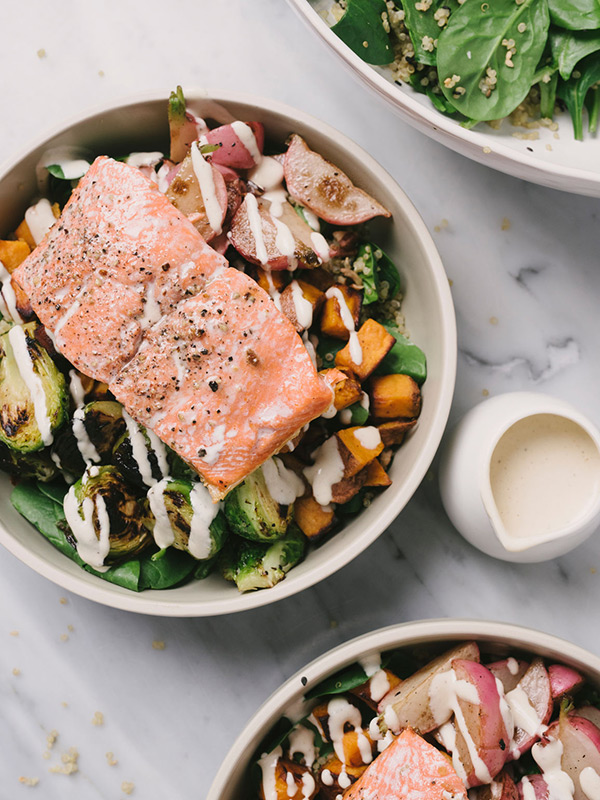
Lunch:
12:45 p.m.: Kale salad with seared salmon, pumpkin seeds, and lemon vinaigrette
Place: At work desk
Feeling: Nutritious and good
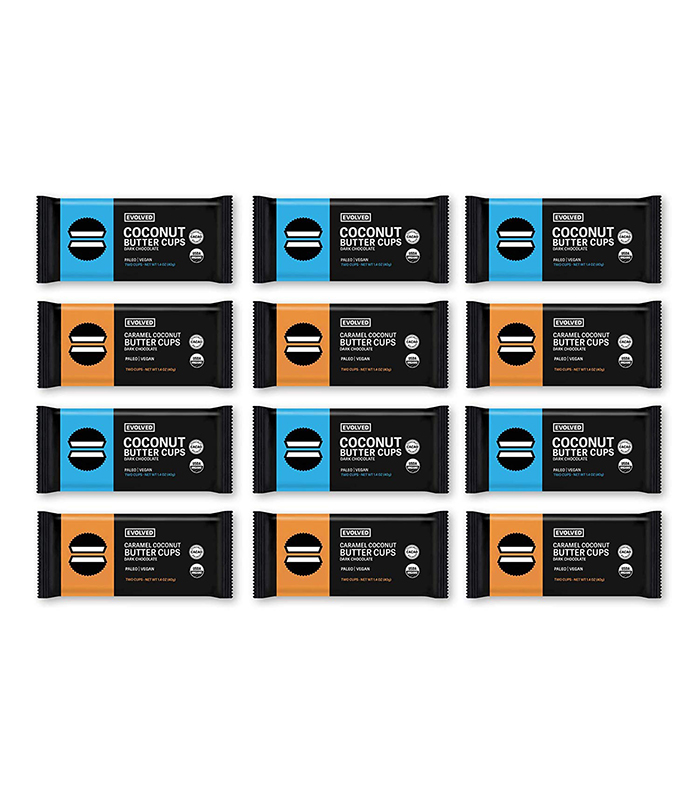
Snack:
2:00 p.m.: Evolved Coconut Butter Cups
Place: At work desk
Feeling: Craved something sweet before a 2:30 p.m. meeting

Dinner:
6:30 p.m.: Lamb kebabs and basmati rice
Place: Restaurant with a friend
Feeling: Full and a little bloated—maybe had too much lamb due to sitting at a restaurant and the dishes were right in front of me

Dessert:
8:30 p.m.: 2 scoops of Van Leeuwen Ice Cream
Place: Walking back home from ice cream shop
Feeling: Already full but still craved something sweet
Daily Conclusion/Pattern: Too much sugar with the chocolate cups and ice cream today—seemed unnecessary. Swap for fruit or something healthy next time. In addition, cut back on meat and eat more veggies.
Next: 11 Tips for Eating Healthier That Are Actually Doable
If you or someone you know is struggling with an eating disorder, you can find support at the National Eating Disorders Association at (800) 931-2237.
Disclaimer
This article is provided for informational purposes only and is not intended to be used in the place of advice of your physician or other medical professionals. You should always consult with your doctor or healthcare provider first with any health-related questions.
-
 I Live for Yoga and Pilates—These Are the Pieces That Help My Flow
I Live for Yoga and Pilates—These Are the Pieces That Help My FlowTake notes.
By Humaa Hussain
-
 It's Time to Get Our Nutrition in Check for Summer—This App Is Making It Easy
It's Time to Get Our Nutrition in Check for Summer—This App Is Making It EasyThe recipe ideas are endless.
By Who What Wear
-
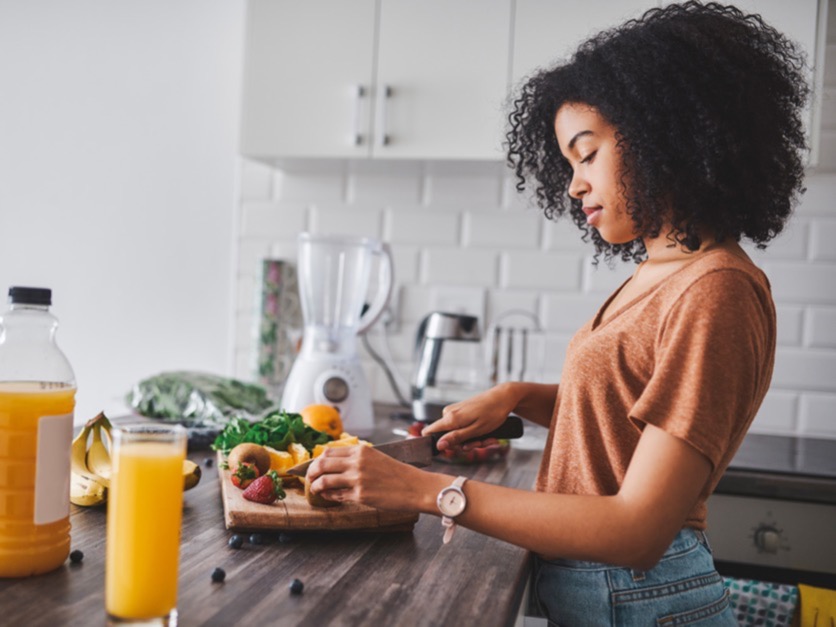 If You're Battling With Digestive Issues, This Could Be Why
If You're Battling With Digestive Issues, This Could Be WhyTurns out, you may not have IBS after all.
By Kia Topps
-
 Our Editors Own a Lot of Sneakers, But This Pair Comes in First Place Every Time
Our Editors Own a Lot of Sneakers, But This Pair Comes in First Place Every TimeA major win.
By Aniyah Morinia
-
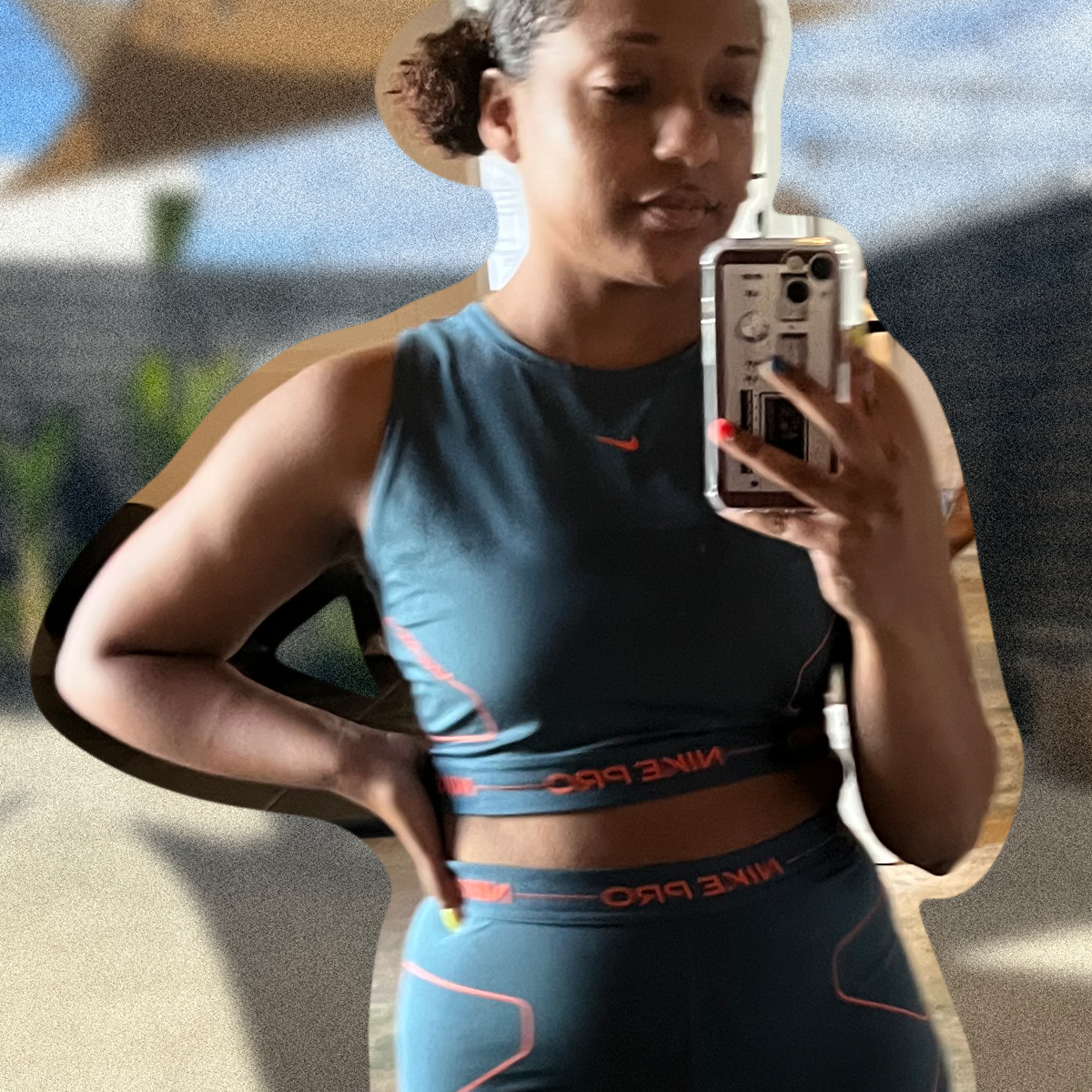 I Changed My Mind About Strength Training When I Tried This Workout
I Changed My Mind About Strength Training When I Tried This WorkoutMy confidence is officially on 10.
By Kia Topps
-
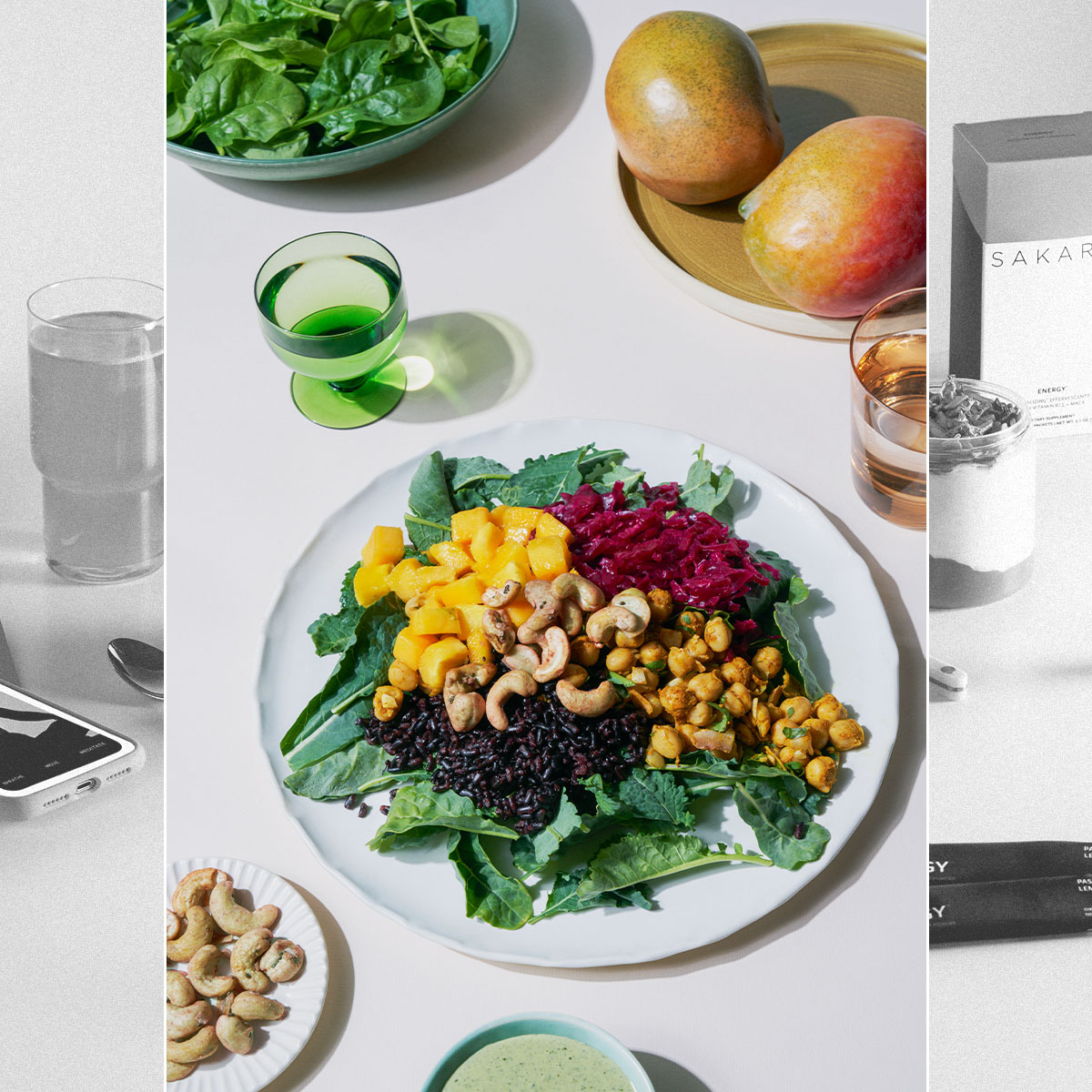 Bella Hadid and Gwyneth Paltrow Apparently Love Sakara Life, so We Tried It for 30 Days
Bella Hadid and Gwyneth Paltrow Apparently Love Sakara Life, so We Tried It for 30 DaysHere are our honest thoughts.
By Erin Jahns
-
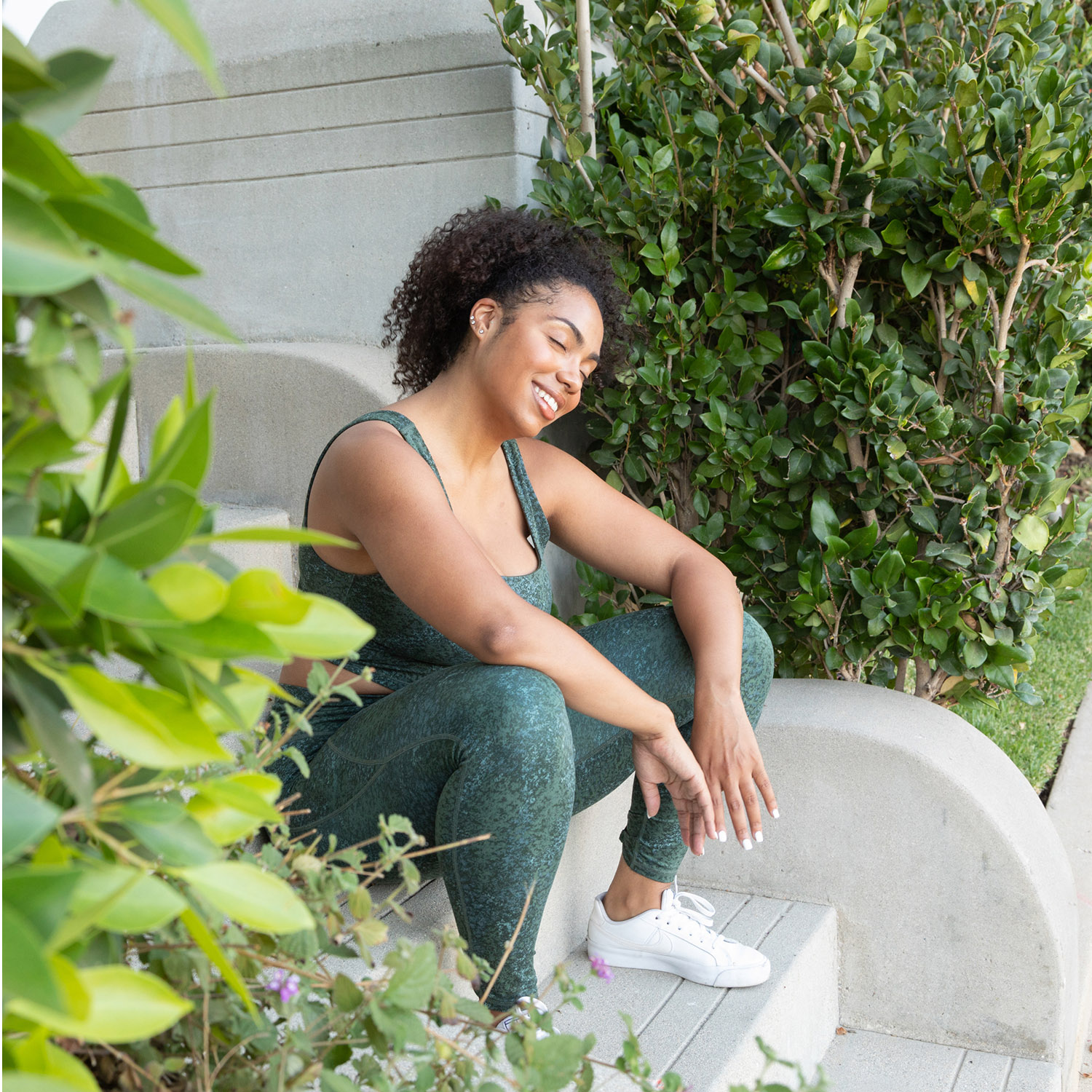 This Type of Gear Will Take Your Workout to the Next Level
This Type of Gear Will Take Your Workout to the Next LevelBring it on.
By Sarah Yang
-
 6 Essential Oils That Will Heal Your Painful Sunburns
6 Essential Oils That Will Heal Your Painful SunburnsAll-natural relief ahead.
By Samantha Parsons

